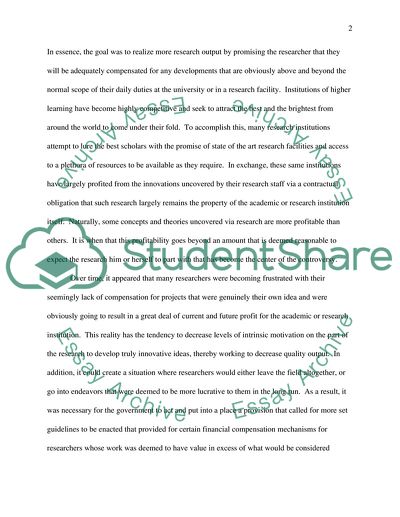Cite this document
(Analysis of Managing Innovation Article Example | Topics and Well Written Essays - 2500 words, n.d.)
Analysis of Managing Innovation Article Example | Topics and Well Written Essays - 2500 words. Retrieved from https://studentshare.org/law/1825453-management-of-innovation
Analysis of Managing Innovation Article Example | Topics and Well Written Essays - 2500 words. Retrieved from https://studentshare.org/law/1825453-management-of-innovation
(Analysis of Managing Innovation Article Example | Topics and Well Written Essays - 2500 Words)
Analysis of Managing Innovation Article Example | Topics and Well Written Essays - 2500 Words. https://studentshare.org/law/1825453-management-of-innovation.
Analysis of Managing Innovation Article Example | Topics and Well Written Essays - 2500 Words. https://studentshare.org/law/1825453-management-of-innovation.
“Analysis of Managing Innovation Article Example | Topics and Well Written Essays - 2500 Words”, n.d. https://studentshare.org/law/1825453-management-of-innovation.


